The Deck Access Housing Design Guide (Routledge)
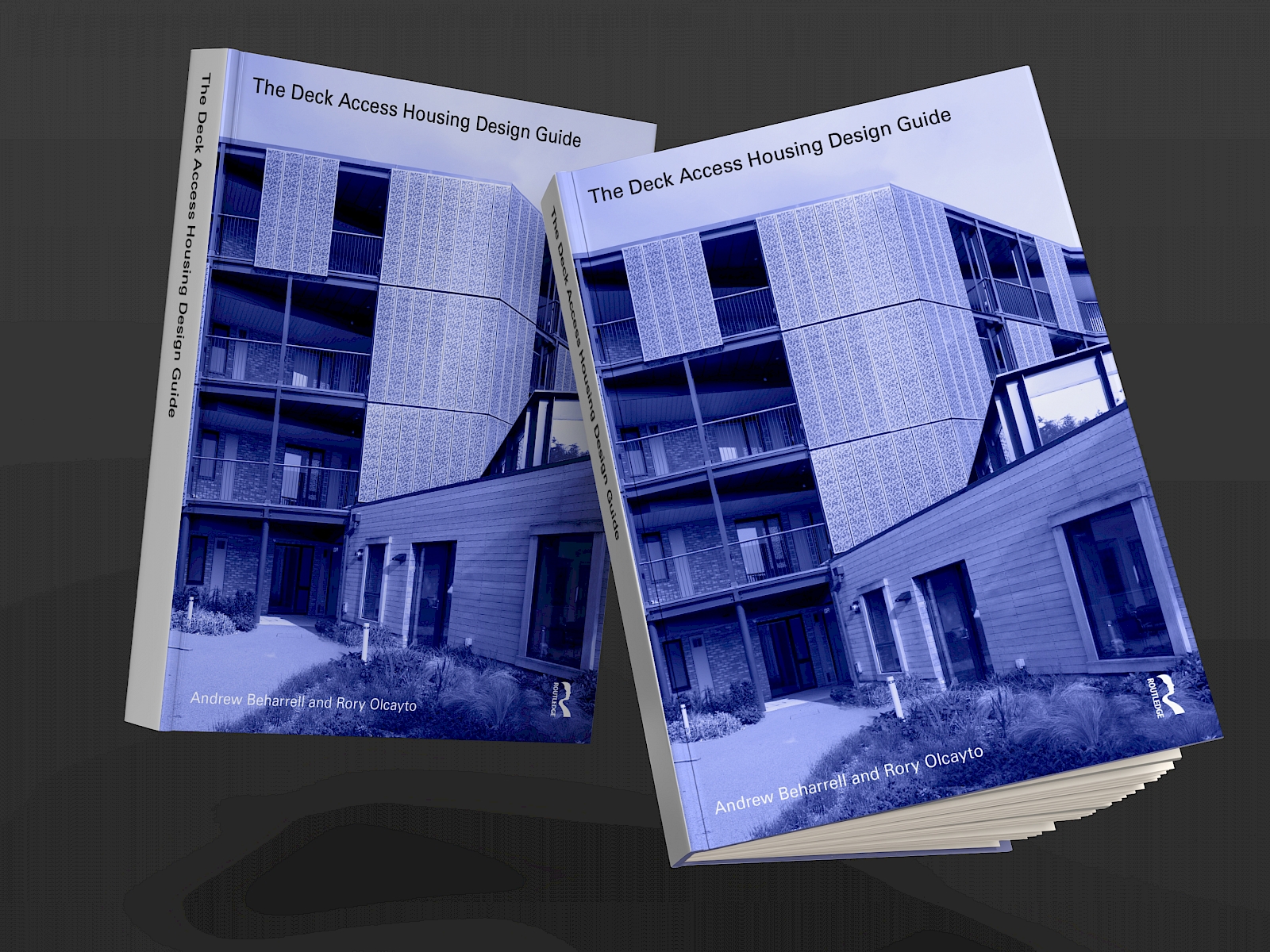
As anyone familiar with British television will know, from pulp fiction like Luther to police drama Line of Duty - and even the Channel 4 ident filmed in a run-down patch of London’s Aylesbury Estate - deck access housing is a shorthand for urban dystopia. Yet this type of housing is enjoying a design-focused comeback right now…why?
Rory Olcayto and Andrew Beharrell have written a book: The Deck Access Housing Design Guide - the first such in the UK - that sets out to answer this question – among others. It focuses on contemporary deck access housing, sharing practical guidance and providing in-depth case studies by some of Britain’s best civic architects, while also presenting the historical backstory about this flexible and evolving housing type. Owen Hatherley has written the foreword.
The short answer is that the deck access revival was kickstarted by the 2009 draft of the London Housing Design Guide. Only two mentions of ‘deck access’ in its 108-pages, yet both promote dual aspect homes, now compulsory under Mayor's 2021-26 affordable homes programme. For the longer answer you’ll need the book.
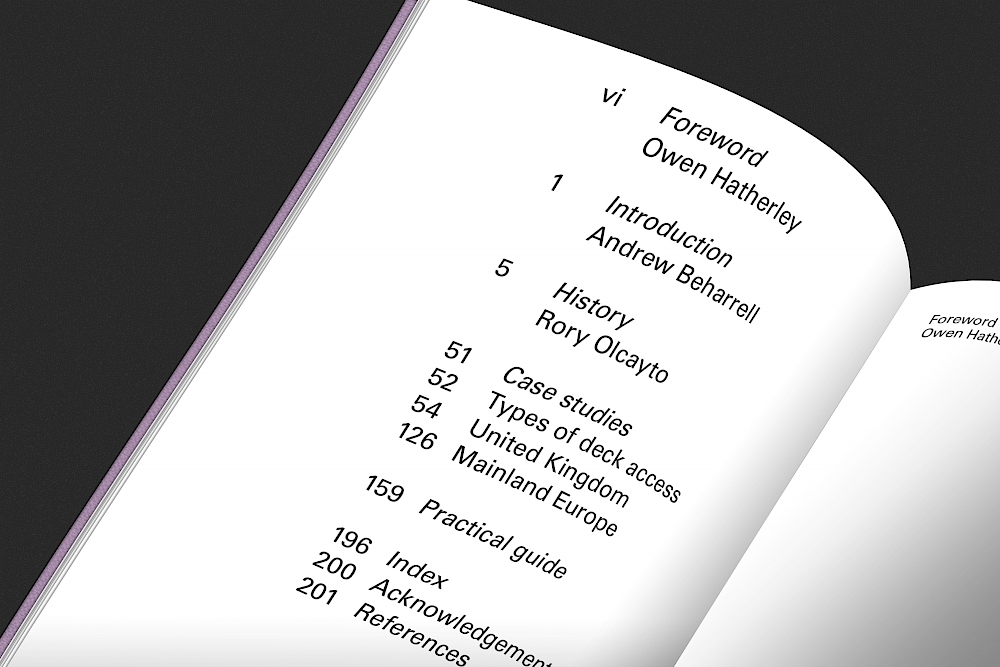
The first chapter is a unique, concise history of deck access housing in Britain - from its origins in the 1850s up to the end of the 20th Century. It is a story of human progress – of falling infant mortality in regenerated Victorian slumlands - and of monumental failure – of 1960s’ and 1970s’ Modernist blocks, built to improve the living conditions of the post-war working classes, demolished within years of completion. It is the story of British public housing per se. Architects have played a key role in its rising and falling fortunes over the years – with even former RIBA president Lancelot Keay, a social housing pioneer in 1930s Liverpool, calling it housing ‘for dirty people’.

The second chapter comprises 17 detailed case studies of projects completed in Britain since the millennium, many of them in the last five years. These projects have been completed by a loosely-defined ‘school’ of mostly London-based architects who design much of London’s new public and affordable housing in a unified, brick-clad style called New London Vernacular.
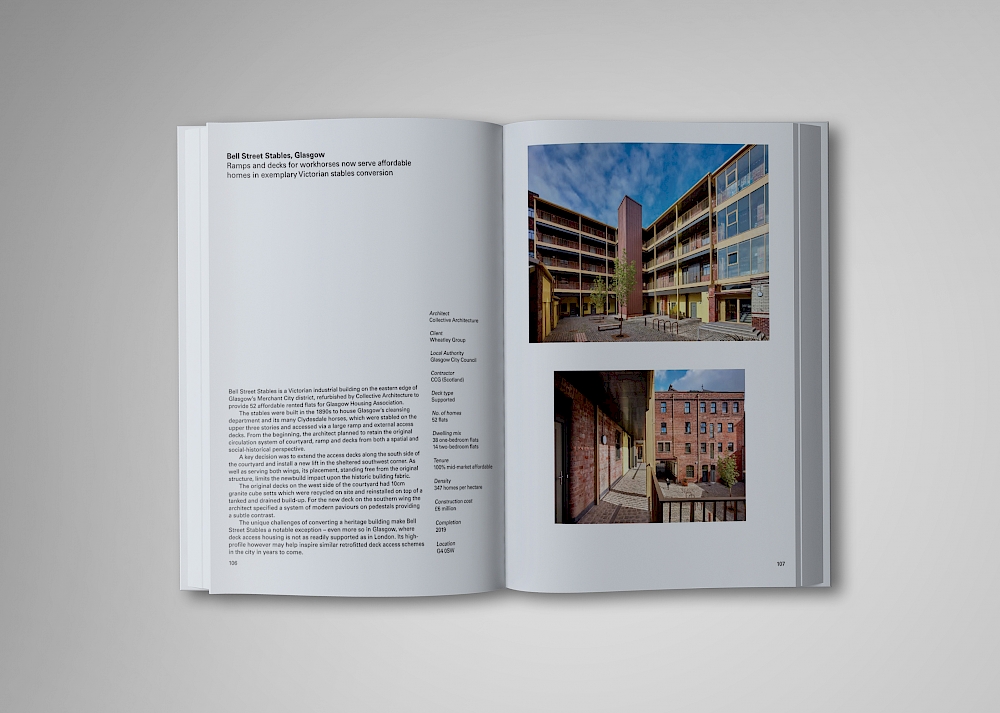
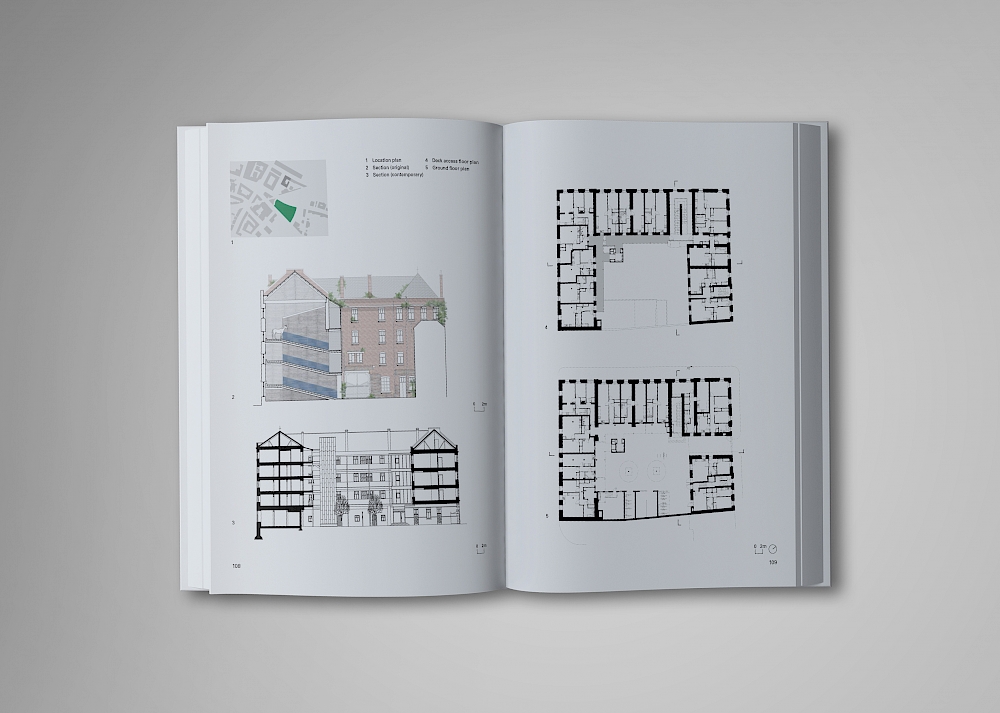
These are complemented by 15 more concise case studies from continental Europe, selected to showcase the typology’s sheer variety. Although the focus of the book is UK housing, both the history section and the case studies seek to place it within its broader European context.
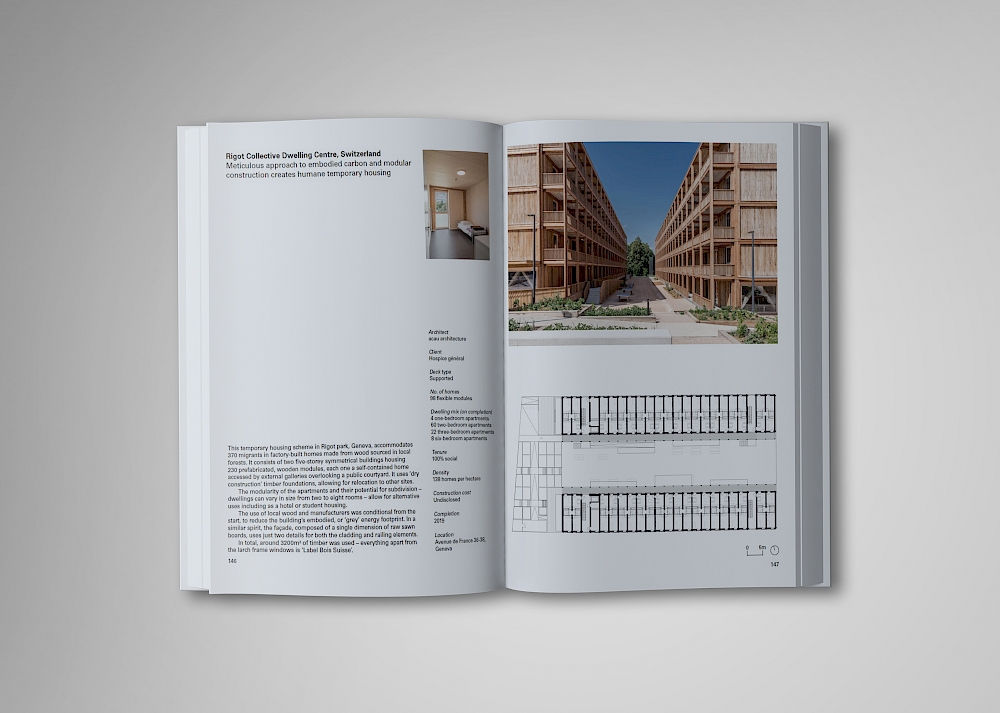
The final part of the book is a practical design guide for anyone involved in designing and making deck access housing, co-produced with PTE’s own Knowledge Hub.
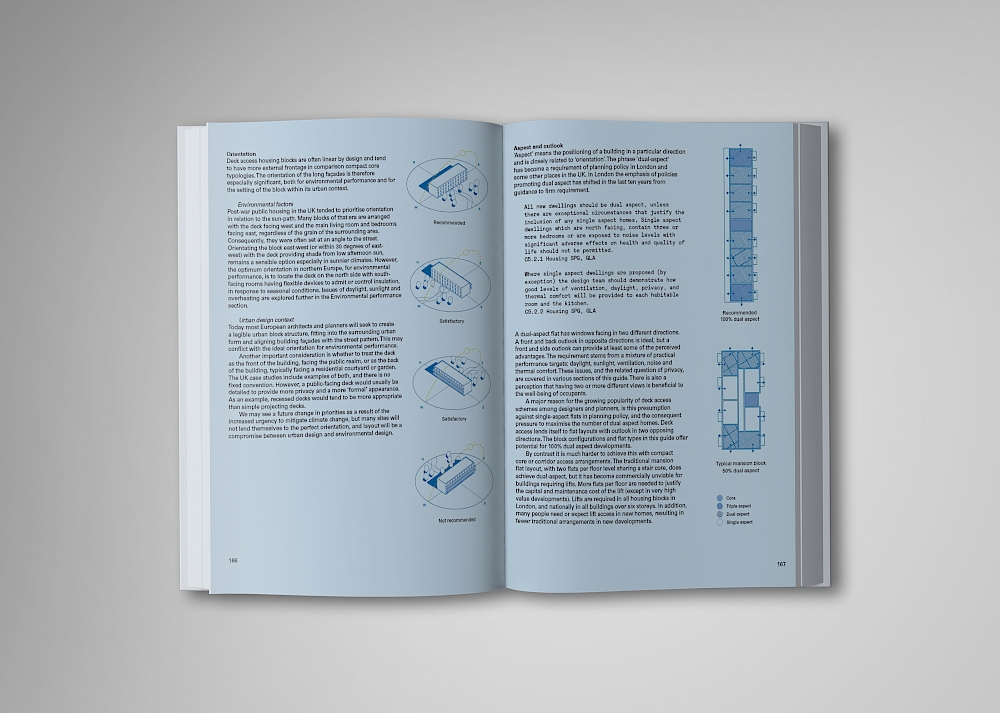

There has probably never been another feature in UK public housing which has been so widely criticised, and at the same time so widely used, as deck access to blocks of flats. With government-backed reports in the 1980s even citing deck access housing as a root cause of social unrest in Britain’s towns and cities – leading to the demolition of thousands of deck access homes built in the previous two decades – it makes the current revival all the more remarkable.
Featured architects from the UK:
AHMM • Apparata • Cartwright Pickard • Collective Architecture • DO Architecture • Hawkins\Brown • Studio Egret West • Haworth Tompkins • Henley Halebrown • Levitt Bernstein • Maccreanor Lavington • Mæ • Matthew Lloyd Architects • Pitman Tozer • Pollard Thomas Edwards • Proctor & Matthews • PRP • RCKa
Featured architects from mainland Europe:
Andreas Martin-Löf Arkitekter • ANMA • Arquitectura Produccions • Atelier Kempe Thill • Bureau Massa • DAMAST • Estudio Herreros • Fink+Jocher • KAAN • LEVS • MEF - Maison Edouard François • Estudio Muñoz Miranda • Passelac & Roques • Waechter + Waechter

Mockup images by Vectonauta and timmdesign on Freepik






